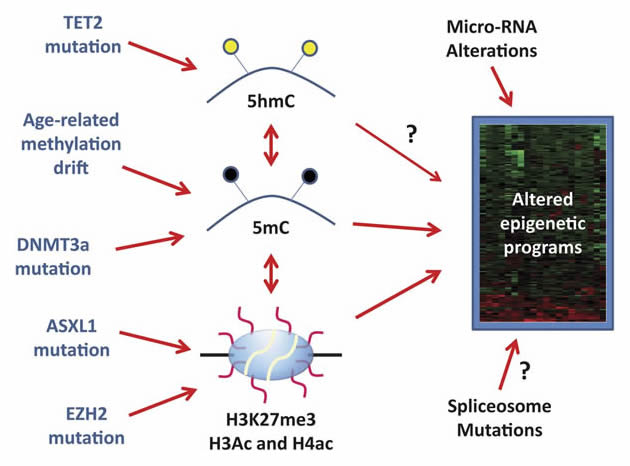
This rich tumor microenvironment (TME) is comprised of vasculature, nerves, extracellular matrix (ECM) components, fibroblasts and immune cells. PDA tumors are characterized by a robust fibroinflammatory stroma that constitutes the bulk of the tumor volume. It is critical to understand the biology underlying PDA for progress to be made. Unfortunately, 80% of patients who undergo surgery ultimately relapse with metastatic disease.

The only cure is surgical resection that only 20% of patients are eligible to receive. PDA is overwhelming resistant to chemotherapy, radiotherapy, and immunotherapy appraoches. Currently, PDA has a dismal 5-year survival rate of 10% and is projected to become the second leading cause of cancer related deaths by 2030. doi:10.1158/1538-7445.AbstractPancreatic ductal adenocarcinoma (PDA) is one of the most lethal human malignancies. Philadelphia (PA): AACR Cancer Res 2014 74(19 Suppl):Abstract nr 1715.

In: Proceedings of the 105th Annual Meeting of the American Association for Cancer Research 2014 Apr 5-9 San Diego, CA. Elucidating mechanisms of resistance to FGFR inhibitors in endometrial cancer. Packer, Sara Byron, David Loch, Farhad Dehkhoda, Andreas Wortmann, Xinyan Geng, Katia Nones, Sean Grimmond, John Pearson, Nic Waddell, Pamela Pollock. This research will provide insight into possible combination therapies that may combat drug resistance in FGFR-mutant endometrial cancer.Ĭitation Format: Leisl M. Analysis of expression data is underway to understand how these cells have become resistant to FGFR inhibitors. Signaling through pERK and pAKT is downregulated in these cells, suggesting that resistance is not mediated by activation of kinase-driven survival pathways. In the MFE280resistant cells resistance to FGFR inhibition is associated with an EMT phenotype. To further characterise these subclones we are currently analysing data from exome sequencing and copy number analysis, to determine the molecular mechanisms of resistance in these cell lines. Upregulation of downstream survival pathways such as pERK and pAKT was observed in some of the JHUEM-2resistant and AN3CAresistant subclones. Sequencing of AN3CAresistant and MFE280resistant subclones excluded secondary FGFR2 mutations as the resistance mechanisms.

Phospho- protein arrays, gene expression profiling, exome sequencing and SNP analysis were performed to identify genes and signalling pathways that mediate resistance to FGFR inhibitors. To gain insights into potential mechanisms of acquired resistance to FGFR inhibitors in EC cells we generated subclones of FGFR2mutant AN3CA, MFE280 and JHUEM-2 EC cells resistant to FGFR inhibitors PD173074, Dovitinib and NVP-BGJ398, respectively. The sensitivity/resistance of these FGFR2 mutants to emerging FGFR inhibitors including AZD4547, NVP-BGJ398 and LY2874455 has now been tested.

We previously reported the N550K and V565I mutations caused resistance to dovitinib. Using mutagenesis screens, we have identified mutations in the FGFR2 kinase domain that cause resistance to the FGFR inhibitors dovitinib and NVP-BGJ398 and explore the mechanism of action of the drug-resistant mutations. A significant clinical issue that we aim to address is that of intrinsic and acquired resistance to anti-FGFR therapeutics in the context of EC. Preclinical studies by our lab and others have demonstrated Fibroblast Growth Factor Receptor (FGFR) inhibition is a viable therapeutic strategy in FGFR2-mutant endometrial cancer (EC).


 0 kommentar(er)
0 kommentar(er)
